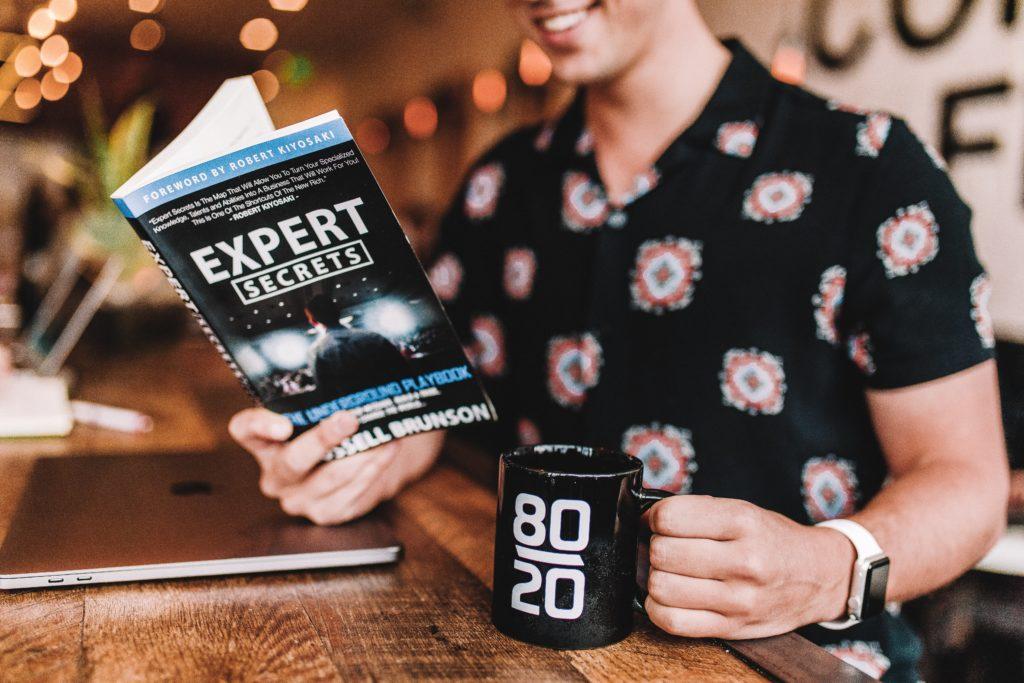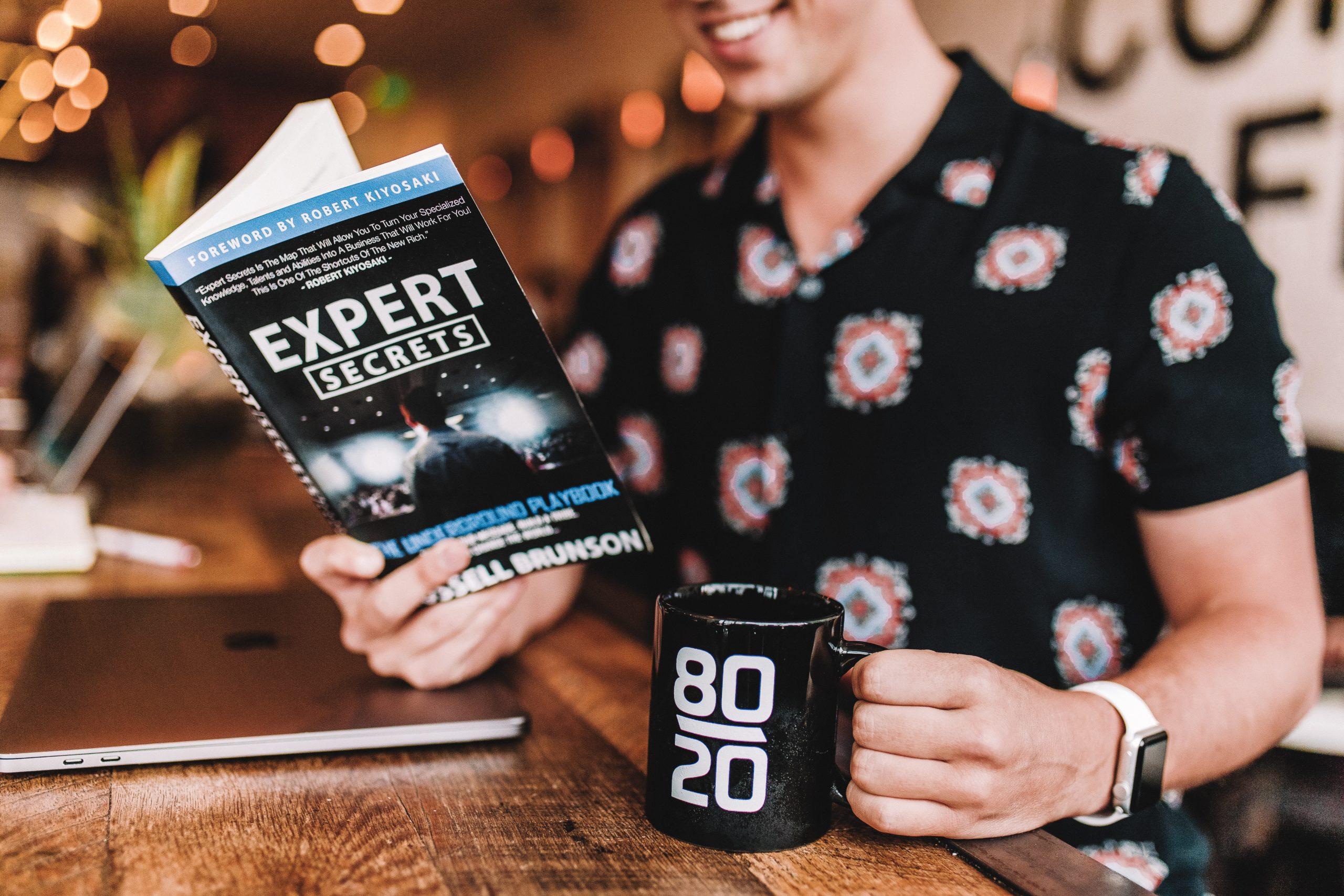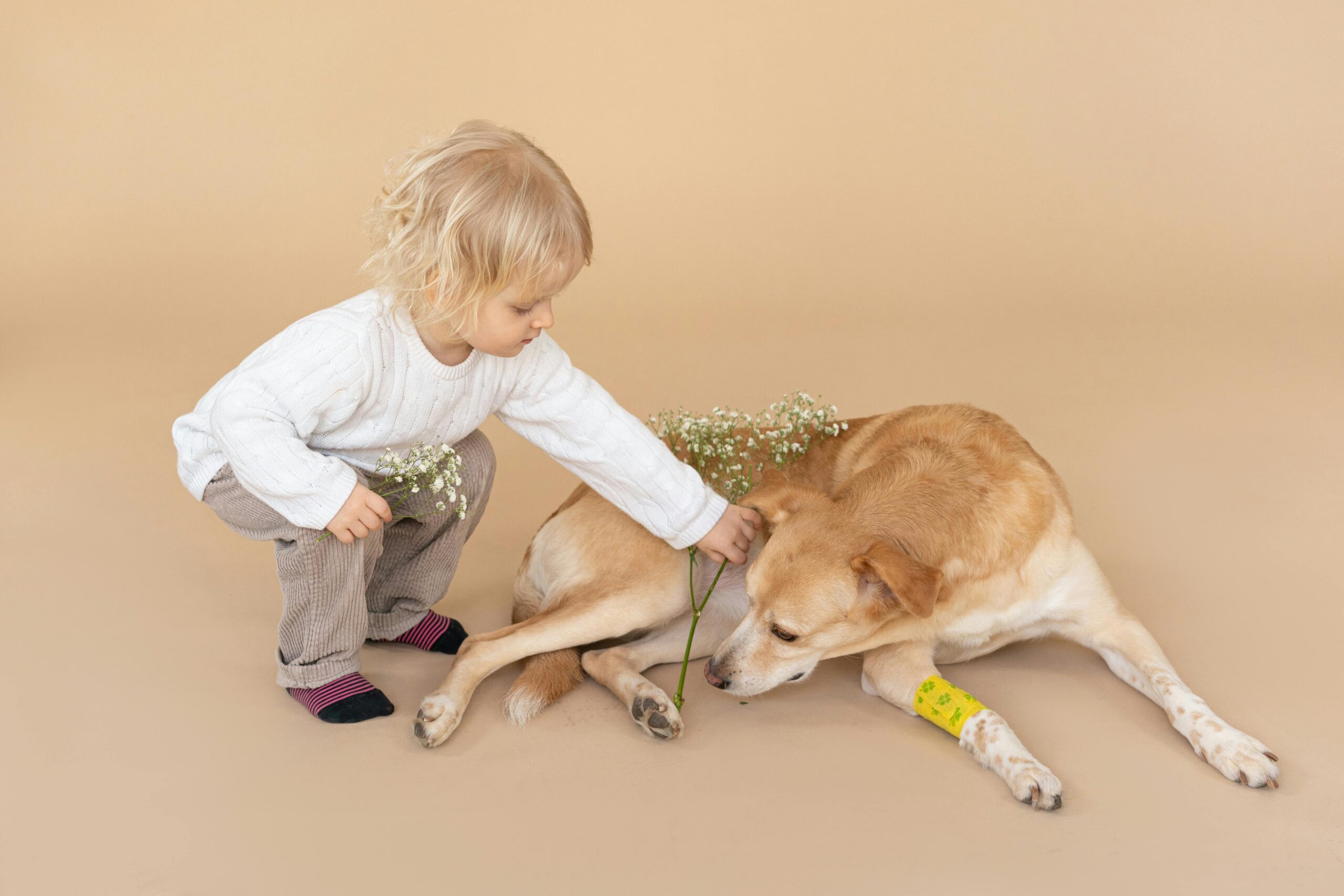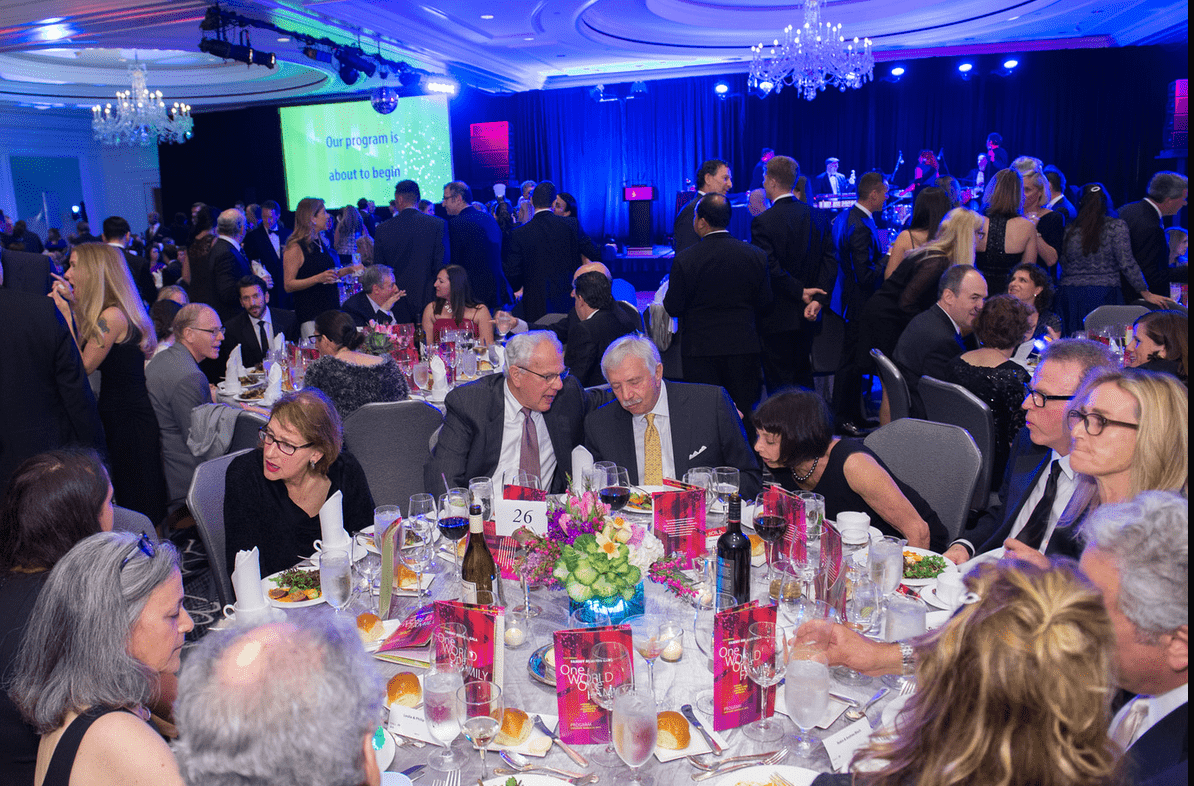
Awareness alone is passive.
Do you wish you had a dime for every time a nonprofit board or staff member told you “We’re the best kept secret in town; if people knew what we do, they’d give to support us.”
Nonprofits tell me this all the time! If I had all those dimes, I could make a nice contribution to your cause. And I would, if…
- You endeavored to learn a little bit about me,
- You engaged me personally,
- You discovered my values match yours,
- You offered me opportunities to connect with your mission and supporters that involved something other than money,
- You showed me you knew what most engaged my passions, and…
- Then you gave me the opportunity to enact my passions by asking me for a gift!
You see, merely “building awareness” will not ipso facto raise more money for your cause.
Just because I care about something, and somehow learn you are involved in doing something about that thing, doesn’t mean I’m going to support you financially.
Why should I? There are a lot of good causes out there, and making a decision to invest in you is something I need to feel emotionally and then act on.
I’m busy. I’m overloaded with information. And inertia is just too powerful a force.
You’ve got to do better than just hope I’ll stumble upon your website, see your social media post, hear about you on the news, or even open your direct email if you want me to really sit up, pay attention, and actively engage.
Especially if you want me to engage as a philanthropist.
Details
 There’s a treasure trove of knowledge and research around major gift fundraising. What works well. What doesn’t work at all. What’s, at best, half-baked.
There’s a treasure trove of knowledge and research around major gift fundraising. What works well. What doesn’t work at all. What’s, at best, half-baked.



 Giving is an emotional experience. It deserves an emotional response.
Giving is an emotional experience. It deserves an emotional response.







